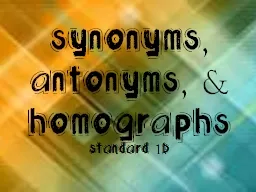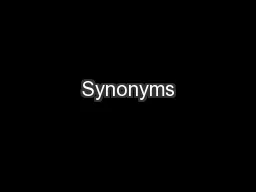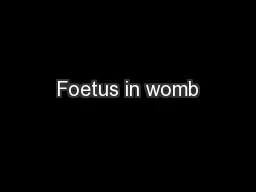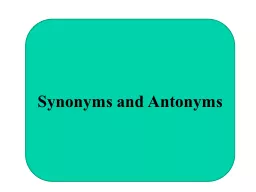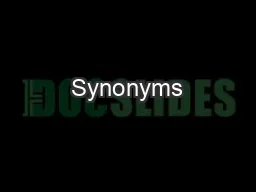PDF-Synonyms Womb
Author : della | Published Date : 2022-09-22
UTERUS Uterus Hystera G Child bearing organ in females situated in the pelvis bw bladder and rectum Inverted pear shaped thick walled hollow muscular organ Disclaimer
Presentation Embed Code
Download Presentation
Download Presentation The PPT/PDF document "Synonyms Womb" is the property of its rightful owner. Permission is granted to download and print the materials on this website for personal, non-commercial use only, and to display it on your personal computer provided you do not modify the materials and that you retain all copyright notices contained in the materials. By downloading content from our website, you accept the terms of this agreement.
Synonyms Womb: Transcript
Download Rules Of Document
"Synonyms Womb"The content belongs to its owner. You may download and print it for personal use, without modification, and keep all copyright notices. By downloading, you agree to these terms.
Related Documents


